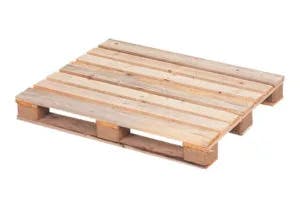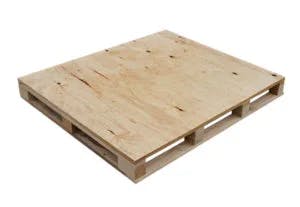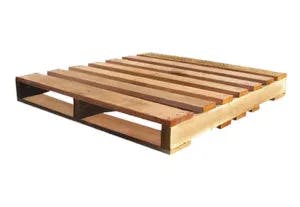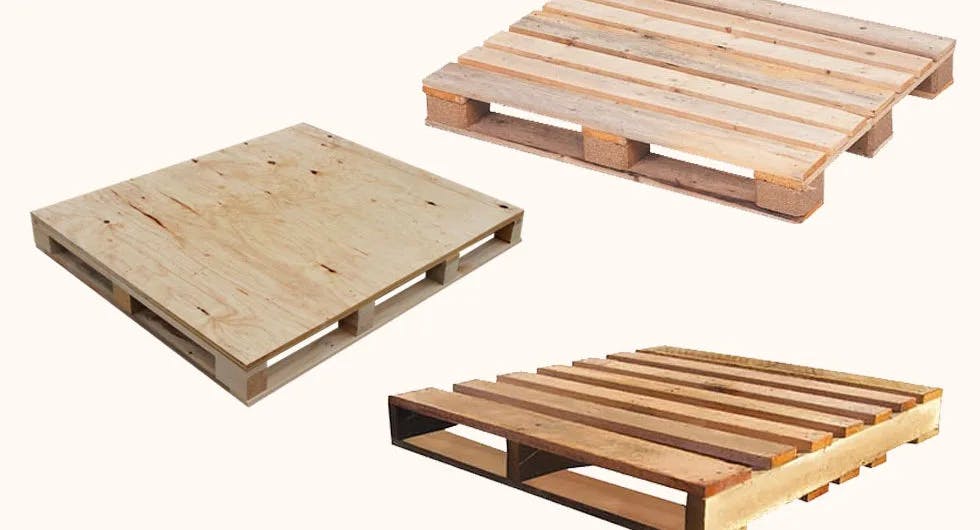Pallets may appear to be the same from a distance: stacks and stacks of wooden structures with hollow centers and the occasional brown stain. A close inspection reveals that no two pallets are alike.
As a result, it is critical to understand their distinctions to properly manage the logistics of your transportation. Here are three different types of pallets:
Block Pallets

These pallets are distinguished by their four-way entry, which allows forklifts (front loaders or pallet jacks) to access them from all four sides. Block pallets are strong and sturdy.
They are typically made of four to twelve cylindrical wooden posts to secure the top deck boards and can be made of wood, plastic, or plywood.
Block pallets can be purchased with or without bottom deck boards and in a variety of configurations. To improve handling efficiency, this design incorporates both perpendicular and parallel stringers between the blocks and deck.
Solid-Decorated Pallets

The surface of solid deck pallets is made up of a single large piece of wood without gaps.
Many customers may find these pallets visually pleasing or easy to clean and transport. They also make it simple to transport or store smaller items, which would otherwise fall through the cracks with other types of pallets.
Stringer Pallets

Two-way stringer pallets get their name from the stringers, which are the solid boards that run between the top and bottom deck boards. These boards are used to support the load of the pallet. Only two sides of the two-way pallet allow fork entry.
On the other hand, four-way stringer pallets are the same as two-way pallets, but they allow access on all four sides. There are two types of four-way stringer pallets: those with notched stringers and those with block designs.
